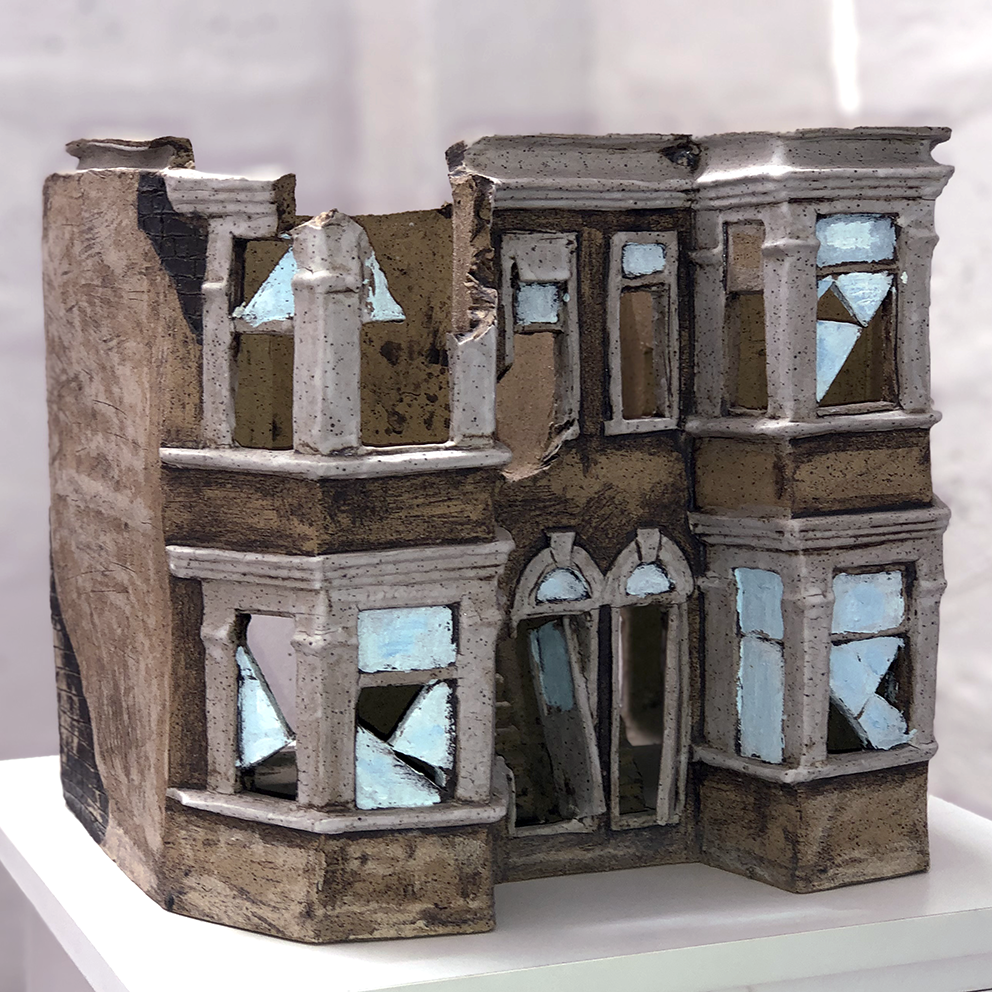
artists A–Z
May Abboud
May Abboud explores the use of textures on sculptures that bridge the gap between traditional vessels and dresses. These female forms serve as a means to explore the diverse range of textures that can be imprinted on clay. She thoroughly enjoys working with clay and finds it to be an expressive medium.
May Ammoun
May Ammoun approaches her art by personally preparing glazes using minerals and ashes, infusing her work with her intimate emotions. She aims to express lived moments, memories, and images through her art, capturing a variety of shapes that embody freedom. Her artworks exhibit sharp, abrupt, or rounded lines, symbolizing her continuous self-transformation.
Rina Jaber
Rina Jaber strives to convey profound and mysterious concepts such as Wabi-sabi, Yugen, and Shibui that cannot be easily expressed in words. She employs the technique of hand-building, completely excluding the potter's wheel, allowing for a direct interaction between the artist and the clay.
Samar Mogharbel
In post-war Beirut, Samar Mogharbel explored the city's anonymous and shapeless landscape. She uncovered hidden structures that revealed the remnants of old Lebanese houses, showcasing their unique architectural details and diverse cultural influences.
Samir Mueller
Samir Mueller departed from traditional pottery and embraced a contemporary mode of expression, disregarding functionality and focusing on pure visual pleasure. He transformed clay into a canvas, using engobe as pigment and his fingers as brushes.
Guitta Melki
Guitta Melki has a passion for ceramics, an old medium that often remind her of the creation phenomena, stated in the Bible, of how man was created from dust in the image of his creator. Likewise, she finds herself creating vessels in the form of abstracted figures; referencing the foot, waist, neck, shoulders or hands of classical pot forms. Often, she creates a supporting sister or partner for each vessel to strengthen their existence.
Maha Nasrallah
Maha Nasrallah explores the expressive potential of clay, pushing the boundaries of traditional techniques, and experimenting with innovative forms and textures. Her pieces often reflect her introspection and observations of the world around her, capturing the essence of human emotions, memories, and the intricacies of nature.
Mona Sayegh
The work in ceramics by Mona Sayegh originated from the concept of functionality. The exhibited pieces utilize the Raku firing technique, which emphasizes this idea as its results cannot be fully controlled or predicted. The technique's meaning also adds to its significance, as it embodies enjoyment, comfort, and pleasure.










